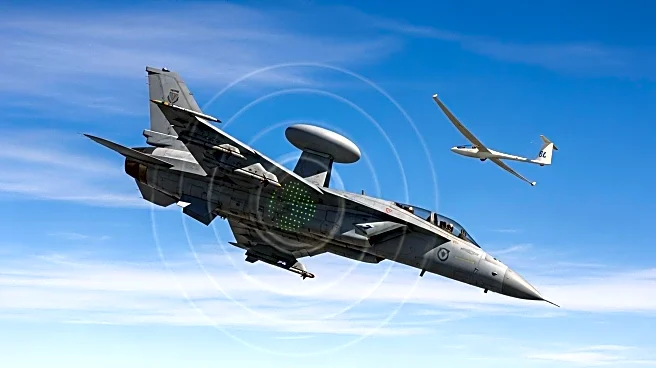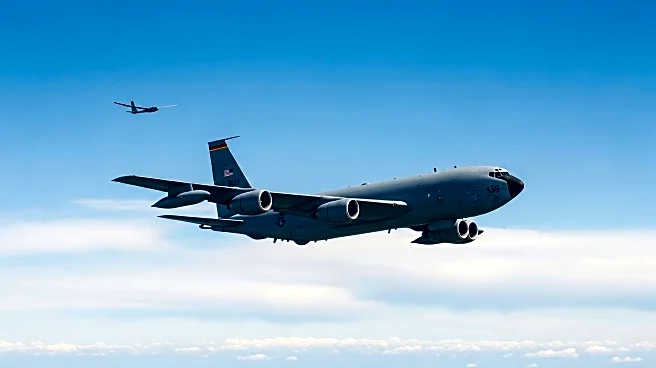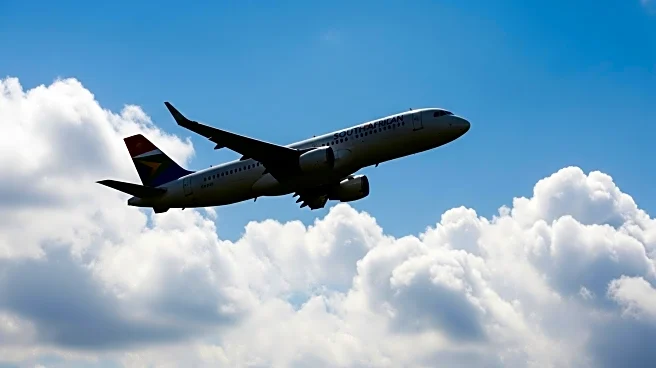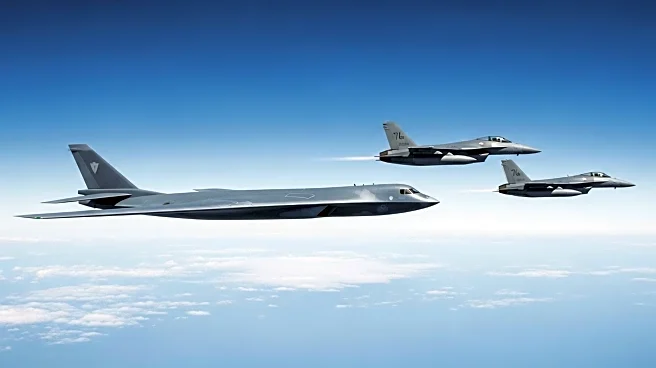What's Happening?
A US Air Force Boeing KC-135 aircraft narrowly avoided a collision with a glider during an ILS approach to RAF Mildenhall. The incident occurred when the KC-135 pilot executed an evasive maneuver to avoid the glider, which was not detected due to its deactivated transponder. The UK Airprox Board's analysis revealed that the separation between the aircraft was critically minimal, with less than 50 feet vertically and 0.1 nautical miles horizontally. The glider, a Jonker JS1, had its Mode-S transponder turned off to conserve battery power, a common practice among glider pilots. This incident underscores ongoing safety concerns regarding glider operations near busy military airspaces.
Why It's Important?
The incident highlights significant safety risks associated with glider operations near military bases, particularly when transponders are deactivated. This practice compromises the effectiveness of airborne collision-avoidance systems and hinders air traffic controllers' ability to provide accurate traffic information. The event raises questions about the balance between battery conservation and safety in glider operations. It also emphasizes the need for improved safety protocols and possibly regulatory changes to ensure that transponders remain active, especially in high-traffic areas.
What's Next?
The UK Airprox Board may recommend regulatory changes to address the safety concerns highlighted by this incident. This could include mandating the continuous use of transponders in gliders operating near military airspaces. Additionally, there may be increased advocacy for the adoption of affordable, high-capacity lithium batteries to mitigate the need for transponder deactivation. The incident could also prompt further discussions within the aviation community about enhancing safety measures for glider operations.












